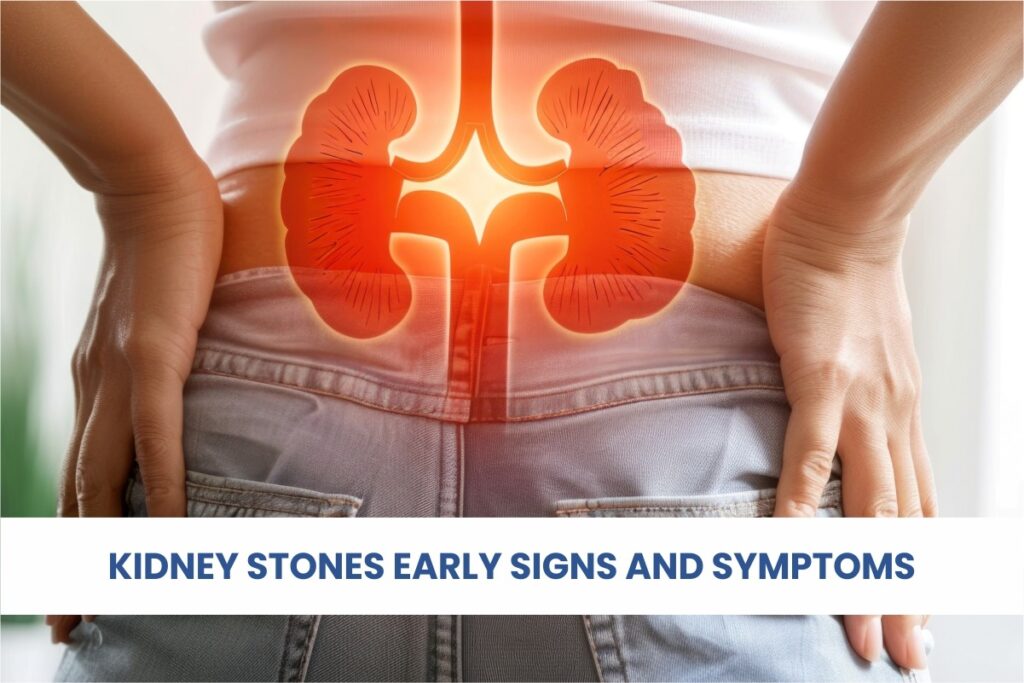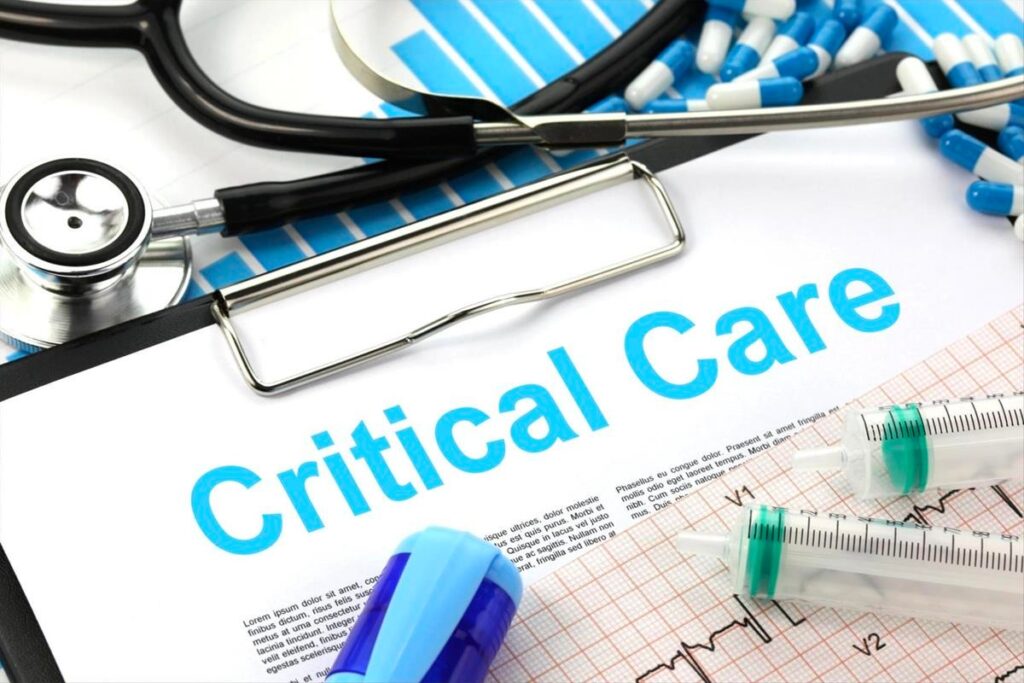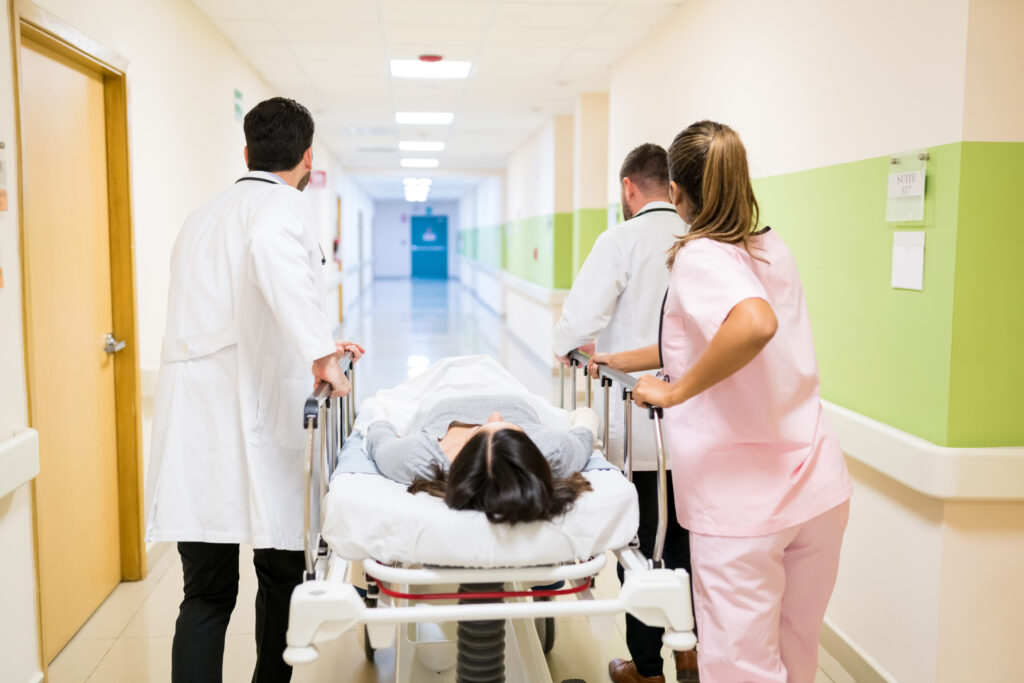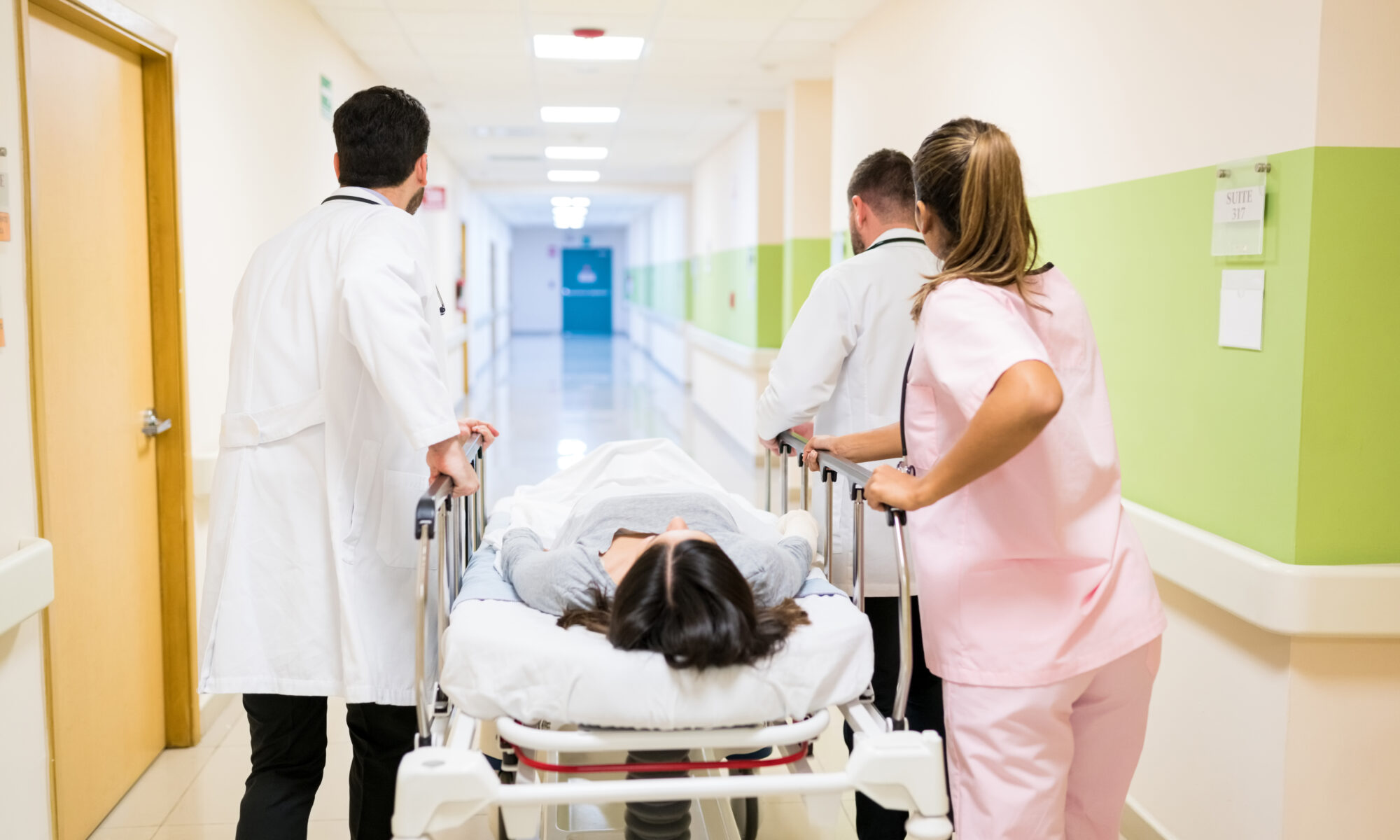Emergency care serves as a critical component of the healthcare system, addressing life-threatening conditions, injuries, and acute medical emergencies. In India, the landscape of emergency care is evolving, driven by a growing population, urbanization, and increasing healthcare needs. This comprehensive guide explores the challenges, innovations, and future directions of emergency care in India, emphasizing the importance of timely interventions, infrastructure development, and multidisciplinary collaboration.
Understanding Emergency Care
Emergency care encompasses a range of services designed to address acute medical conditions, trauma, and life-threatening situations. These services include:
- Emergency Medical Services (EMS): Ambulance services providing pre-hospital care, transportation, and rapid response to emergencies.
- Emergency Departments (ED): Hospital-based facilities equipped to assess, stabilize, and treat patients with acute medical conditions, injuries, or trauma.
Challenges in Emergency Care
- Infrastructure Limitations: Inadequate infrastructure, including limited availability of ambulances, emergency rooms, and critical care units, poses significant challenges in delivering timely and effective emergency care services.
- Resource Constraints: Shortages of trained healthcare professionals, essential medical equipment, and supplies hinder the delivery of quality emergency care, particularly in rural and underserved areas.
- Accessibility and Equity: Disparities in access to emergency care services, geographic barriers, and socioeconomic factors contribute to unequal healthcare outcomes and limited access to life-saving interventions for marginalized populations.
Innovations in Emergency Care
- Telemedicine and Mobile Health: Leveraging technology to facilitate remote consultations, triage, and emergency medical support, particularly in remote and underserved areas, enhances access to timely care and specialized expertise.
- Emergency Medical Training and Education: Implementing standardized training programs, simulation-based learning, and continuous professional development initiatives for healthcare providers improves clinical skills, decision-making, and patient outcomes in emergency care settings.
- Integrated Care Models: Adopting integrated care models, multidisciplinary teams, and collaborative approaches involving emergency medical services, hospitals, and community resources optimizes patient care, resource utilization, and system efficiency.
Future Directions and Recommendations
- Infrastructure Development: Investing in infrastructure expansion, modernization of emergency departments, and establishment of trauma centers and critical care facilities enhances capacity, accessibility, and responsiveness of emergency care services.
- Policy and Governance: Developing comprehensive national and state-level policies, guidelines, and regulatory frameworks for emergency care standards, accreditation, quality assurance, and resource allocation promotes accountability, transparency, and system integration.
- Community Engagement and Public Awareness: Fostering community engagement, public awareness campaigns, and education initiatives on emergency preparedness, first aid, and timely access to care empowers individuals, reduces barriers, and facilitates early intervention in emergencies.
Recent Posts
-

Understanding Kidney Stones Early Signs And Symptoms
-

Critical Care in India: Evolving Landscape, Challenges, and Future Prospects
-

Emergency Care in India: Challenges, Innovations, and Future Directions

